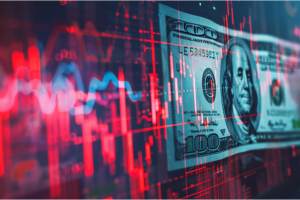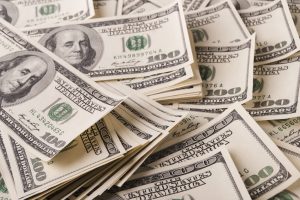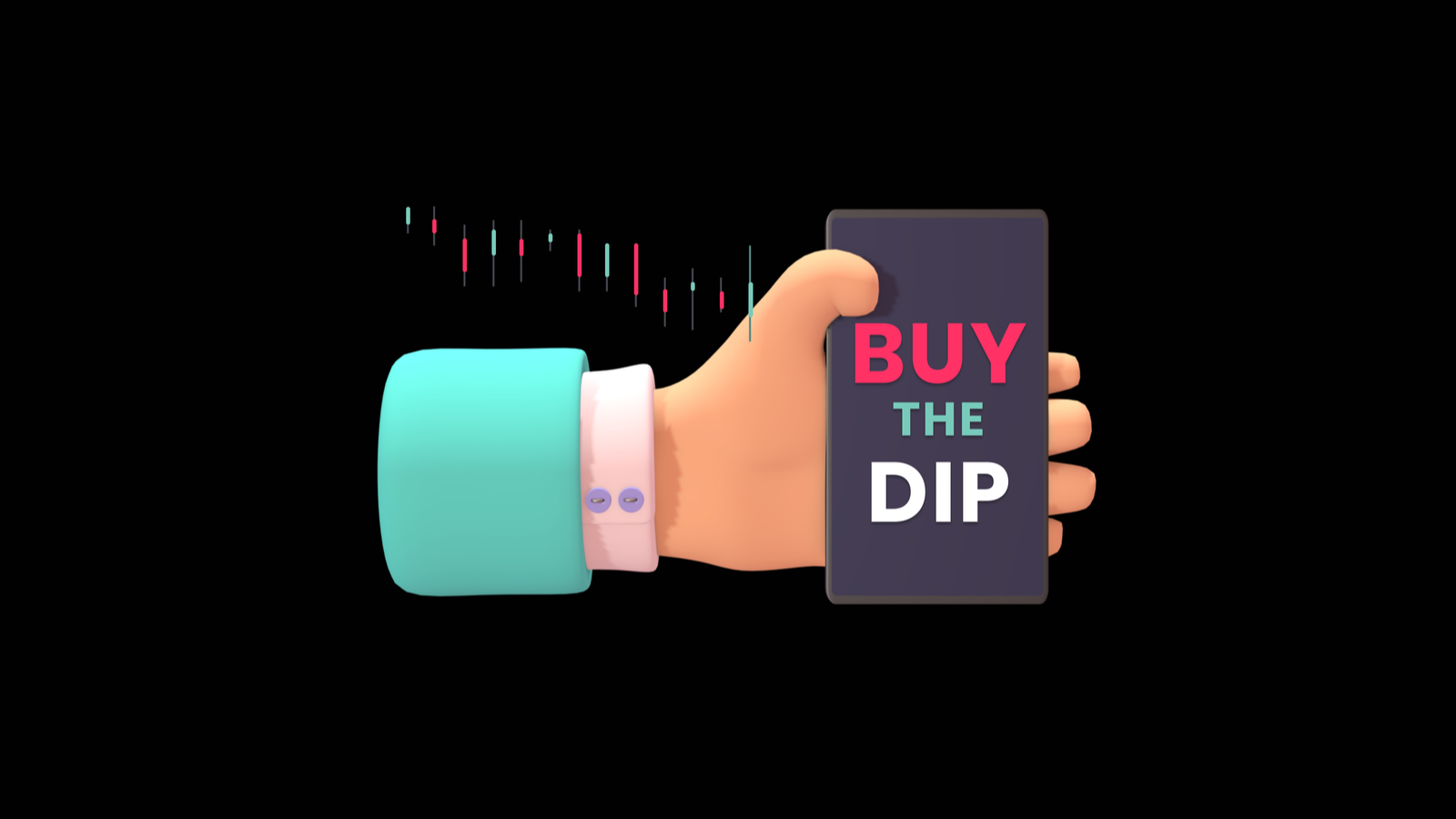
To paraphrase Rudyard Kipling, the secret to success in the stock market is to “keep your head when all about you are losing theirs.” When everyone is panicking and sending the market lower, that’s the time for you to be cool as a cucumber and look for stocks to buy on dips.
Finding stocks to buy on dips in the broader market is where profits are made. Yet it’s not easy to do in practice. Most people will think “what do they know that I don’t?” While Kipling also said to “make allowance for their doubt,” investors need to realize that market crashes are where you’re able to buy low so that you can sell high later.
Below are three stocks where you can profit from the panic of others. If their prices become steals, they are surefire stocks to buy on the dip.
Bank of America (BAC)
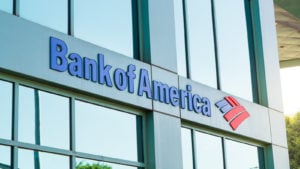
Having advantages beyond just getting bailed out by taxpayers, being too big to fail comes with its perks. It means you can live to fight another day and become a larger, more integral part of the banking system. Yet Bank of America (NYSE:BAC) is not the same bank it was almost 20 years ago. Today it is a much more financially sound institution. It has shown stronger than expected earnings demonstrating how it can negotiate the high inflation and high interest rate environment.
While the conditions caused the bank’s unrealized losses to balloon to $122.8 billion, almost all of them ($109.2 billion) are in its held-to-maturity portfolio. Bank of America intends to keep them until they mature, unless it is forced to hold a fire sale, increasing the chances they can recover much if not all of their value.
This represents an opportunity for investors. If the market perceives the Federal Reserve’s higher-for-longer interest rate policy as an increased risk for Bank of America, its share price could crumble. But interest rates will eventually normalize allowing its balance sheet assets to flourish again and net interest income to grow. Any weakness in BAC stock price should be a sign to buy.
Novo Nordisk (NVO)
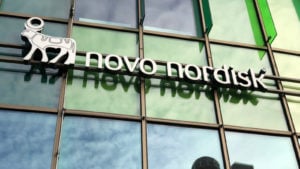
There’s no doubt Novo Nordisk (NYSE:NVO) has benefited from the massive popularity of its weight-loss drugs Ozempic and Wegovy. The glycogen-like peptide-1 (GLP-1) drugs were developed to control diabetes and were found to have a positive effect on obesity.
Ozempic became the world’s largest-selling diabetes medication and together with Wegovy, allowed Novo Nordisk to own a 54.8% share of the GLP-1 market. Last year, sales surged 154%, and Wegovy is only now gaining traction in the U.S. after being introduced last year.
Those kinds of profits are attracting competition, most notably from Eli Lilly (NYSE:LLY), which introduced its own GLP-1 therapies Mounjaro and Zepbound that are targeted to the same end markets. It could be there is a large enough market for several players, and all indications at the moment suggest there is, but any loss of momentum for the Danish drugmaker could impact its stock.
But precisely because there is a large market and Novo Nordisk is pursuing other avenues for the drugs’ usage, such as an oral version, could allow it to regain its growth trajectory. If Novo Nordisk stock falls appreciably from panic, buying in would be a wise response.
Mastercard (MA)
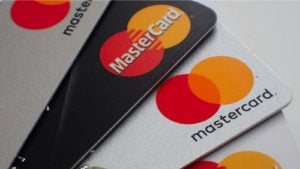
The second-largest payments processor Mastercard (NYSE:MA) has been riding high on the surprising resilience of the consumer. Higher consumer spending, which represents more than two-thirds of U.S. economic activity, was responsible for last year’s strong economic gains.
And therein lies the risk. Inflation is gaining steam again and interest rates remain high. The Fed seems in no mood to cut them as it battles with rising prices and that strong economy. With consumers stretched to the max financially, with $17.5 trillion in total household debt, they might not be able to maintain their hardy spending patterns. A drop in spending would lead to lower payments processing for Mastercard.
On the date of publication, Rich Duprey did not hold (either directly or indirectly) any positions in the securities mentioned in this article. The opinions expressed in this article are those of the writer, subject to the InvestorPlace.com Publishing Guidelines.



